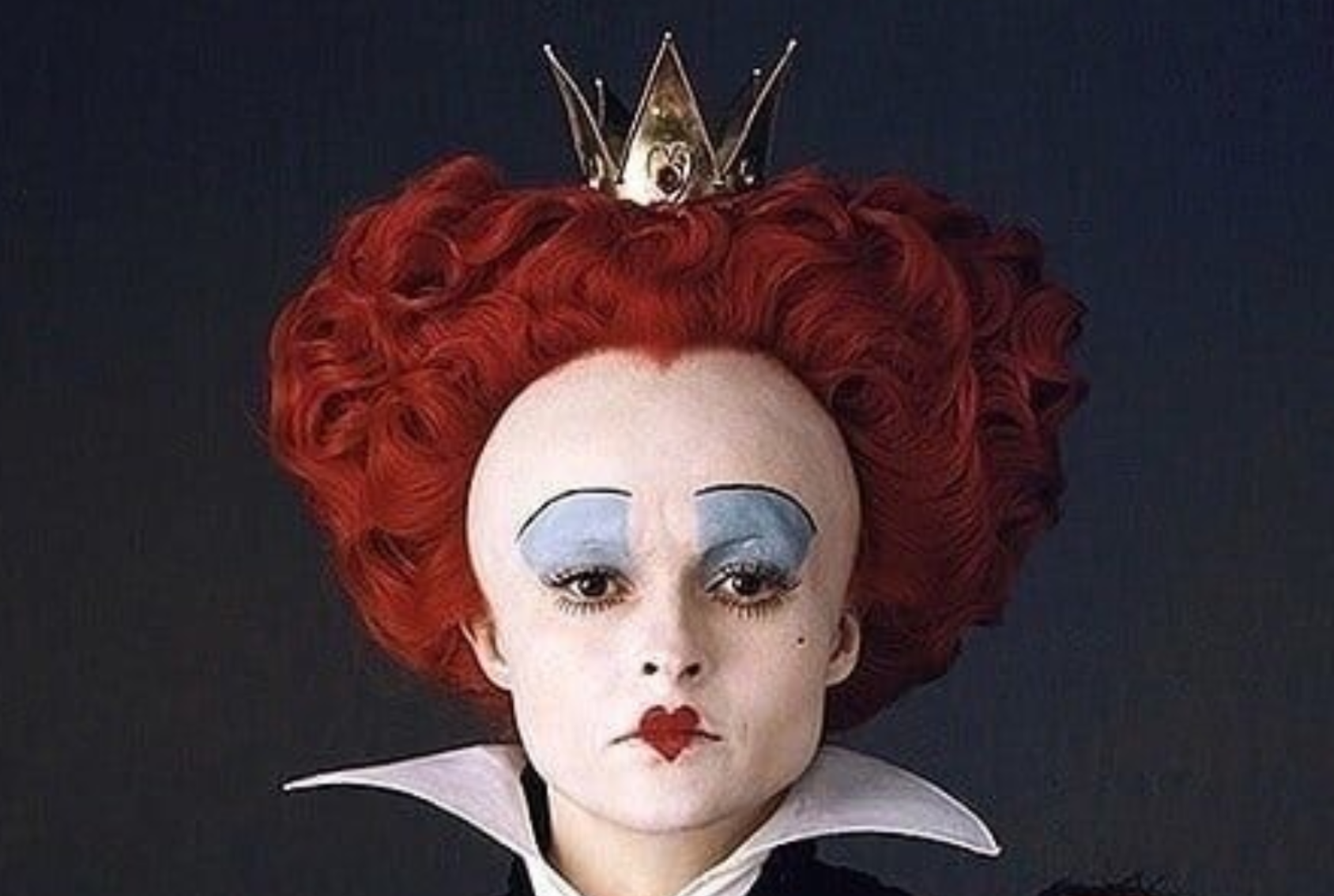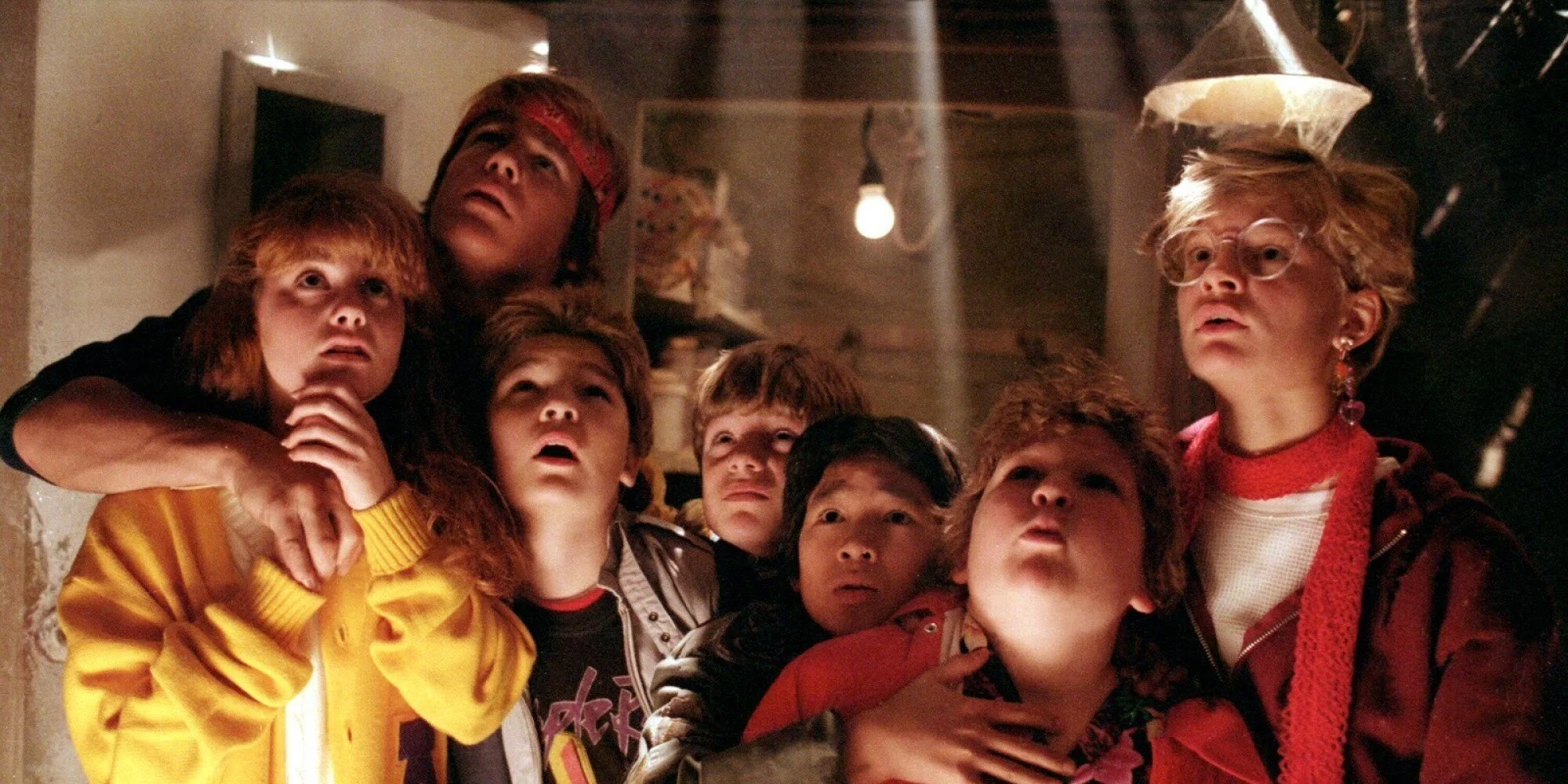"So many women having taken the hero's journey, only to find it personally empty and dangerous for humanity. Women emulated the male heroic journey because there were no other images to emulate;" -Maureen Murdock, The Heroine's Journey
As a child, I, like many others, was captivated by the grand hero stories of male protagonists. I yearned to be like Indiana Jones, the daring adventurer who explored lost treasures and braved dangerous situations. However, being a girl, I was often limited to the stereotypical female storylines of a damsel in distress waiting to be rescued by a brave hero from an evil mother figure. Little did I know that these limited gender roles would have a profound impact on my perception of myself and my place in society.
One particular experience that changed everything for me occurred on a camping trip with my Aunt and Uncle when I was just ten years old. My Aunt took me aside and instructed me to do the dishes while my male cousin and brother played. Even though we were all around the same age, the boys were allowed to have fun while I was expected to conform to traditional gender roles. I remember feeling frustrated and wishing I could be more like the boys and less like a typical girl. I wanted to be able to go on a great adventure, not get stuck in the kitchen doing chores.
This experience is not unique to me, as many women have felt similarly limited by societal expectations of their gender. For generations, women have emulated the male heroic journey because there were no other images to emulate. However, in doing so, many women have found the traditional hero's journey to be personally empty and dangerous for humanity. This is where the Heroine's Journey comes in.
In 1990, Maureen Murdock, a Jungian psychotherapist and student of Joseph Campbell, created a guidebook for her female patients. Her book, "The Heroine's Journey: Woman's Quest for Wholeness," offers an alternative narrative to the traditional hero's journey that focuses on a woman's unique experience. It serves as a guide to facilitate the healing process of women by acknowledging and addressing the cultural norms and internal wounds they face.
The Heroine's Journey empowers women by allowing them to embrace their femininity, challenge traditional gender roles, and discover their true selves. It encourages women to break free from limiting societal expectations and pursue their passions and desires, even if they deviate from traditional gender norms. For me, my camping trip represented the starting point of my Heroine's Journey, where I began to question the gender roles I was expected to fulfill. Here is a look into the The Heroine’s Journey:
The Heroine's Journey
Shift from feminine to Masculine
Our story begins with our Heroine distancing herself from anything she deems feminine. In the story, we may see our Heroine hating her mother or a feminine role stand-in in the community. Her hatred towards a specific female represents her internal conflict with her femininity.
Identification with the Masculine
"This stage involves an Identification with the Masculine, but not one's inner personal masculinity. Rather, it is the outer patriarchal Masculine whose driving force is power. An individual in a patriarchal society is driven to seek control over themselves and others in an inhuman desire for perfection." - Maureen Murdock
Shunning her femininity, the Heroine identifies with external masculine ideals. In the story, it can be either a father figure or a traditionally male role in the community. To our Heroine the father is freedom from the repressive nature of her mother. The father's role will praise her masculinity while simultaneously mocking her femininity. Our Heroine completely disowns all her femininity and fully embraces her masculine persona.
Road of Trials
Our Heroine leaves behind her home and embarks on her journey. She begins facing obstacles that challenge her masculine persona. Each task she experiences relates to achievement, status, and empowerment. Our Heroine must deal with her internal struggles—her preconceived notions of inferior, dependency, and love.
Experiences the Illusory Boon of Success
Our Heroine has overcome and achieved all the tasks of her journey. However, when it is time to experience and embrace her success, she feels dissatisfied. Her inner struggle continues. She believes she has betrayed her values to achieve success. She also feels limited by her new life.
The Descent/Meeting With the Goddess
Our Heroine faces a significant, often sudden calamity. The masculine traits she has cultivated fail her. This crisis can be a death in the family, mental or physical limitations, or a complete loss of her identity. Our Heroine must now face her feminine side. She meets a goddess figure. This figure symbolizes all the positive feminine traits she disowned within herself. After the meeting with the goddess, our Heroine resolves to return to her feminine roots.
Yearning To Reconnect
Our Heroine may find her way back to her mother and tries and rebuild their relationship. She may see herself doing the things she used to do before she disowned her femininity. Our Heroine will quickly learn she cannot go back to her old life. Instead, she must see her femininity in a new light.
Reconciliation with the Masculine
"The next stage involves Healing the Unrelated or Wounded Aspects of her Masculine Nature as the heroine takes back her negative projections on the men in her life. This process involves identifying the parts of herself that have ignored her health and feelings, refused to accept her limits, told her to tough it out, and never let her rest. It also involves becoming aware of the positive aspects of her masculine nature that supports her desire to bring her images into fruition, helps her to speak her truth and owns her authority." - Maureen Murdock
Adversity falls on our Heroine once again. This time, however, she must look within. She must understand her inner masculine identity, both positive and negative traits.
The Union
Our Heroine has faced and now understands her true Masculine and feminine nature. She strives to maintain a balance between both. The End of the Heroine’s Journey
While I entered the Heroine's journey at the young age of 10, it wasn't until I was 30 that I got into exploring my feminine. Then a few years, motherhood shifted my perception of the feminine and the Masculine. Around this period, movies such as The Hunger Games, Moana, and The Force Awakens began to appear on the silver screen and echoed my journey.
The Heroine's Journey is a powerful arc that reflects a story that is rarely heard. It is a reminder that we must listen to stories from all walks of life, including women, minorities, and the LGBTQ+ community. By doing so, we can reconcile the disowned parts of ourselves and begin to understand the journey of others in a new light.
Contemplation:
In what ways have you personally experienced the Heroine's Journey? What events or experiences in your life align with the different stages of this story arc?
When reflecting on the Heroine's Journey, how has it deepened your understanding of the impact that societal norms and expectations can have on our internal conflicts? How have you personally been affected by societal pressures and expectations surrounding gender roles and identity?
In conclusion, the Heroine's Journey is an essential tool for women seeking personal growth and empowerment. It allows women to break free from traditional gender roles and discover their true selves. By acknowledging and addressing the cultural norms and internal wounds women face, the Heroine's Journey provides a much-needed alternative narrative for women's empowerment.
Until next time, stay curious, my dear friend.













